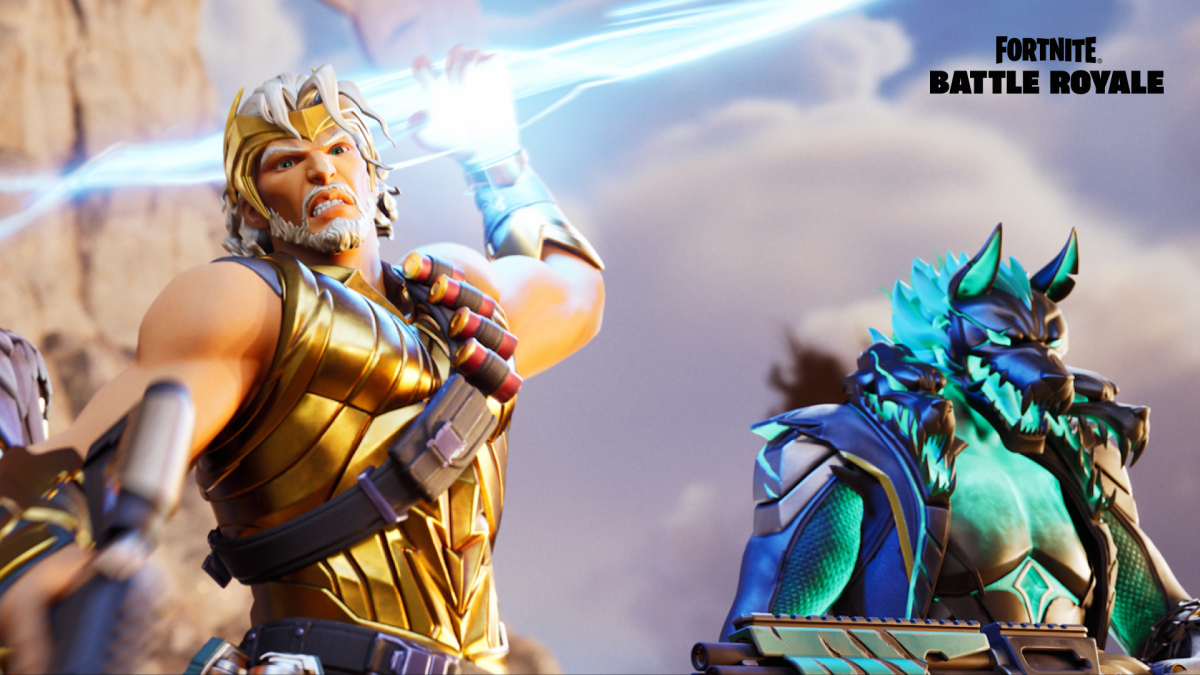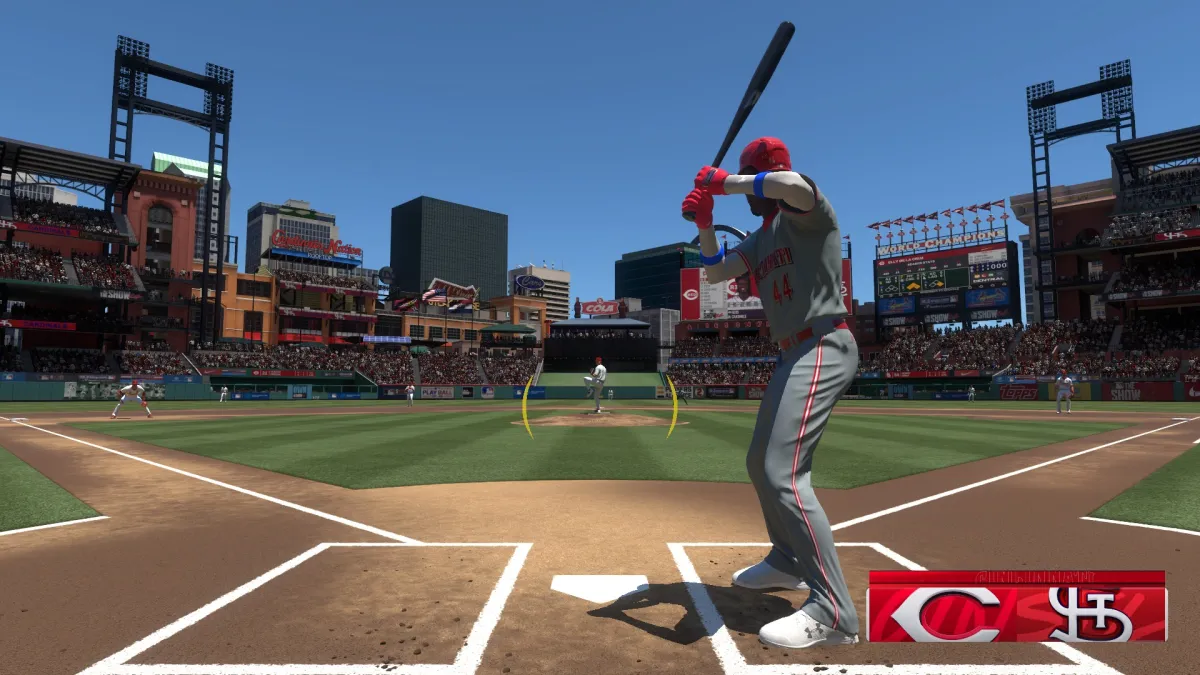Did you know salt used to be used as currency? That’s where the term “worth his salt” came from. And heck, to us, it’s just salt. It’s on every table. It’s thrown over the shoulder when spilled (hence, spilling more, which has never made sense to me). It’s ubiquitous. And yet it was once sought after so heavily, trade routes were established solely to get more salt and other spices.
Nowadays, when we make a good steak, we put some good, chunky kosher salt on it. It adds considerable flavor and texture. We don’t say the salt is good, but Lord, if it’s not there, we notice. Steak, whether it’s Old Bessie or Kobe beef, is bland. You don’t notice it if it’s there, and yet you notice if it’s gone.
Tabletop game art is the same way. The art has nothing to do with the gameplay. When someone discusses a game, they rarely say, “The gameplay was crap, but the art was so good, it was totally worth the $60!” And yet, if the art was crap, there would have been little visual pull to the game and little reason to purchase it.
Some games nearly serve as works of art themselves. Reiner Knitzia’s Lord of the Rings board game was illustrated by the same concept artist that worked on Peter Jackson’s movies, John Howe, which gave a visual feel to the game that everyone was experiencing in the movie theaters at the same time. Similarly, the board game Arkham Horror has horrifying depictions of H. P. Lovecraft’s many monsters, from the shoggoth to the Dunwich Horror (and of course Cthulhu, which is scary enough to frame itself). It makes one wonder if graphic designers Scott Nicely and Brian Schomburg had nightmares while working on the game.
One of the best things about tabletop art is that it doesn’t need to be Monet to be effective. Cheapass Games has been making games for years based on the assumption that you already have pawns, dice, money and poker chips at home, so there’s no reason for them to sell you more. They release games printed on cheap cardboard, usually in black and white and packaged in white envelopes.
James Ernest, President, Art Director, game designer and general Grand Poobah of Cheapass Games, farms out a certain percentage of art for his games.
“I get a lot of my game art from free sources and clip art,” Ernest says. “It really just depends on the needs of the project. If I need a picture of a caveman, I can probably get that anywhere. If I need an evil candy-maker who looks like Liberace, I have to make a phone call.”
(Incidentally, the candy-maker game he’s referring to is Enemy Chocolatier.)
When Ernest needs to make that call, he looks for reputable artists, as he doesn’t take submissions. “First, their work must be good,” he says. “I’m an artist myself, so I trust my own opinion. … Aside from the quality, which seems paramount, an artist should be reputable, available and inexpensive. Or, whichever one of those is most important at the moment.”
One of the illustrators Ernest turns to when he needs something more complicated than a caveman is Cheyenne Wright, the creator of the aforementioned Liberace candy-maker. Wright is a freelance illustrator who is the colorist for Phil and Kaja Foglio’s comic book, Girl Genius (“It’s my job to take Phil Foglio’s penciled pages and turn them into candy-colored, gaslamp fantasy goodness.”), as well as illustrator for the Cheapass Games James Ernest’s Totally Renamed Spy Game and Secret Tijuana Deathmatch, among others.
Wright was an artist who got started early, describing his high school self as “that guy that did everyone’s character sketches.” Unfortunately, he compared himself to pros Larry Elmore and Brom, both famous fantasy artists, and found himself so lacking he didn’t consider a career in illustration.
Lucky for gaming, Wright hit upon the feeling many creative types get – namely the “Good Lord, I may not be perfect, but I’m better than that!” feeling – when he attended Origins in 2000. “I went to a booth to buy the latest book from a publisher whose games I really liked. … As I walked away, I opened the book and saw the art for the first time. It was really bad. Like ballpoint pen on a cocktail napkin bad. I turned right around and gave the guys at the booth a card with my website address on it. … When I got home from the con, they had already emailed, [asking] me to send them more samples of my art. Within three months, I was working on my first book.”
Wright says the creative process for games is different for each game and each publisher. Generally, however, he gets an order of several pieces he must draw. He does several simply from creative memory; the technical pieces he will have to look for reference art to aid him. Often, he will get a request that is a bit difficult to swallow.
“I’ll look at the order and be completely lost on how to tackle it,” Wright says of these requests. “Or I’ll have no idea how to convey the art director’s intent. Oddly, these pieces will often be the ones with the most detailed descriptions. Too much detail for me to fit into a 4×6-inch drawing. Things like, ‘A barbarian stands on a pile of his fallen foes. Behind him, a tattered banner flutters in the wind. He is wounded in seven places but raises his sword defiantly. Reflected in the wet metal of his blade we see another wave of attackers ready to sweep over him – but they are afraid.’ These sorts of orders make me laugh.”
Ernest prefers to lend detailed guidance to his artists. “As an art director, you need to be comfortable expressing what you want, because otherwise you can’t be sure [what you’ll get].”
Board game companies aren’t the only tabletop games that rely heavily on art: RPGs can live and die by their art. You can write the best source book in the world, but it’s unlikely to sell if the gamer is staring at stick figures on every third page.
RPGs require more art than illustration, as the page layout and borders are elements that separate the pro books from the amateur. Most fledgling RPG designers assume that game design is all you need, but a good artist is nearly vital. White Wolf Games, publishers of Mage, Vampire and World of Warcraft among many others, values several abilities in their freelance artists.
White Wolf Production Manager and Art Director Matt Milberger says, “We look for storytelling, technique and style, as well as appropriateness to the game worlds we have. [The amount of guidance we give] depends on how much they have worked with us. In the early stages, we might be more hands-on, making sure the artist understands the world which we have created. Our vampires, werewolves, mages, etc. all have a unique look and feel. Once we feel the artist understands the look and feel of our worlds, we tend to take a more hands-off approach and allow them to explore our worlds.”
While Cheyenne Wright could get higher paying work elsewhere (he did a T-shirt design for Food TV’s geek god Alton Brown that paid his rent for a year), he continues to illustrate for games. He stays with it for the reason most people in the tabletop industry do: merely for the love of it. “That’s the big secret of the game industry,” Wright says. “All of us could be off doing bigger, ‘better’ things. But we love games. So we stay long past the point of total sanity loss.”
Wright does admit that there are things that need fixing in the industry. In Europe, tabletop gaming is much more respected than in America, where the majority of the public still assumes it to be a child’s pursuit (although I’d like to see a kid tackle the rules to the massive war game War of the Ring). “I’d like to see the pen-and-paper tabletop game industry get the respect in the States that it has overseas,” he says. “I want it to be as big as the video-drone game industry. I’d like to be able to tell people that I do art for games and for them to not immediately assume that I mean videogames. Maybe if we were that big and could pay out that kind of cash, we wouldn’t be suffering the brain-drain that we are.”
Besides those irritations, Wright wouldn’t give it up. Making tabletop art is simply fun. His favorite part is when the art directors give him some leeway on the art.
“Sometimes, I’m brought into a game early enough that not everything is set in stone yet, or sometimes the writer is stuck on ideas,” Wright says. “They’ll let me just do crazy design work. I just draw characters and monsters all day, sending the writer sketches and getting to see how my art changed the game.
“I did art for a game called Rippers, which was about Victorian monster hunters. One sketch I did early on was of a Victorian lady in a big poofy dress, wearing a skull mask and carrying a pepper-pot pistol. It was just a weird little idea, but the writer really liked it and folded it into the game’s mythology. By the time the game came out they even had a 28mm figure of her sculpted.”
Since most gamers want to know the big secret to getting into the industry, Wright has a bit of advice: “If this is what you want to do, do it! Don’t be afraid to show your stuff around. There is always going to be someone out there that is better than you, but there [are] also 20 guys worse than you getting steady work.”
We’re not yet to the point that art is used as currency the same way salt once was, but like salt, game art adds spice that we’d sorely miss if it wasn’t there. What would gaming be like without visuals of our bizarre Liberace candy-makers, our Mexican wrestlers and our nightmare-inducing elder gods to spark our imaginations? Thanks to the work of people like Wright, Ernest and Milberger, we won’t have to find out.
Mur Lafferty is a freelance writer and podcast producer. She has dabbled in as much gaming as possible, from her website work at Red Storm Entertainment to her RPG writing for White Wolf Publishing. Currently she writes freelance for several gaming publications and produces three podcasts: Geek Fu Action Grip, I Should Be Writing and Pseudopod: the Horror Podcast Magazine. She lives in Durham, NC.


